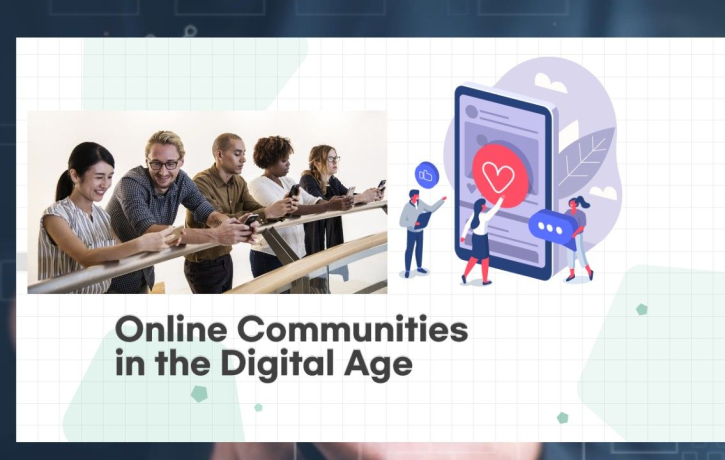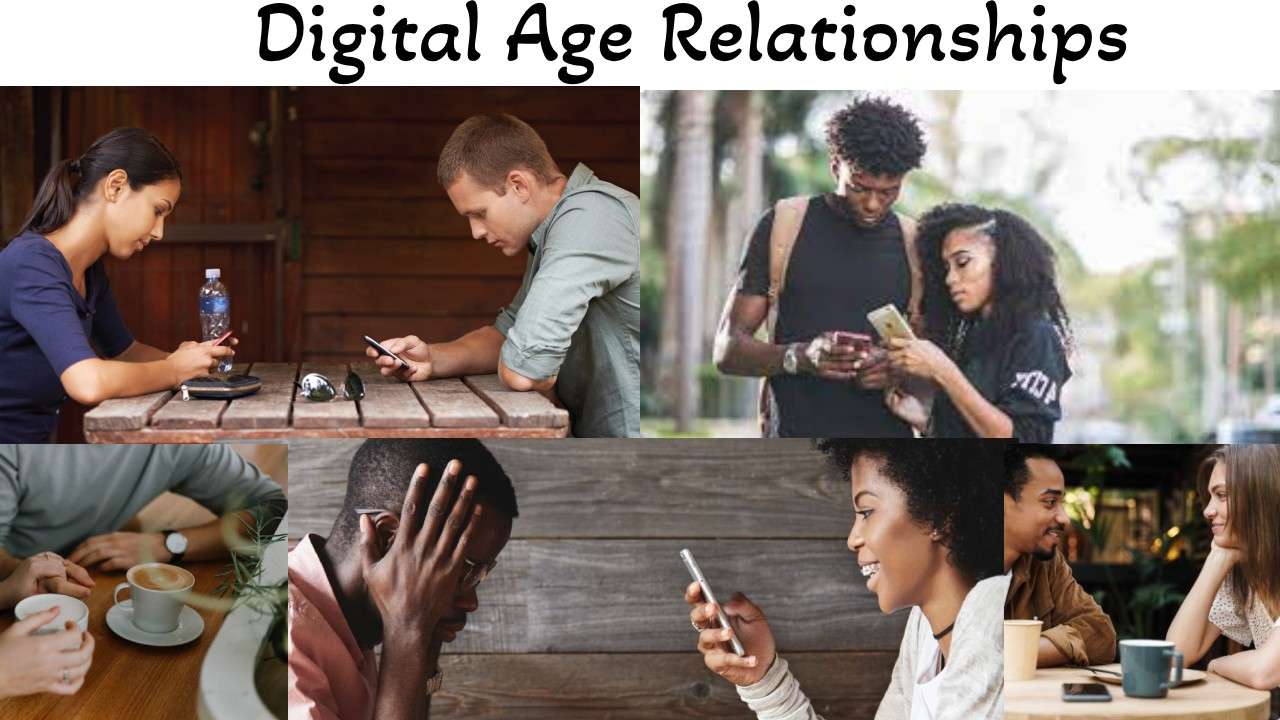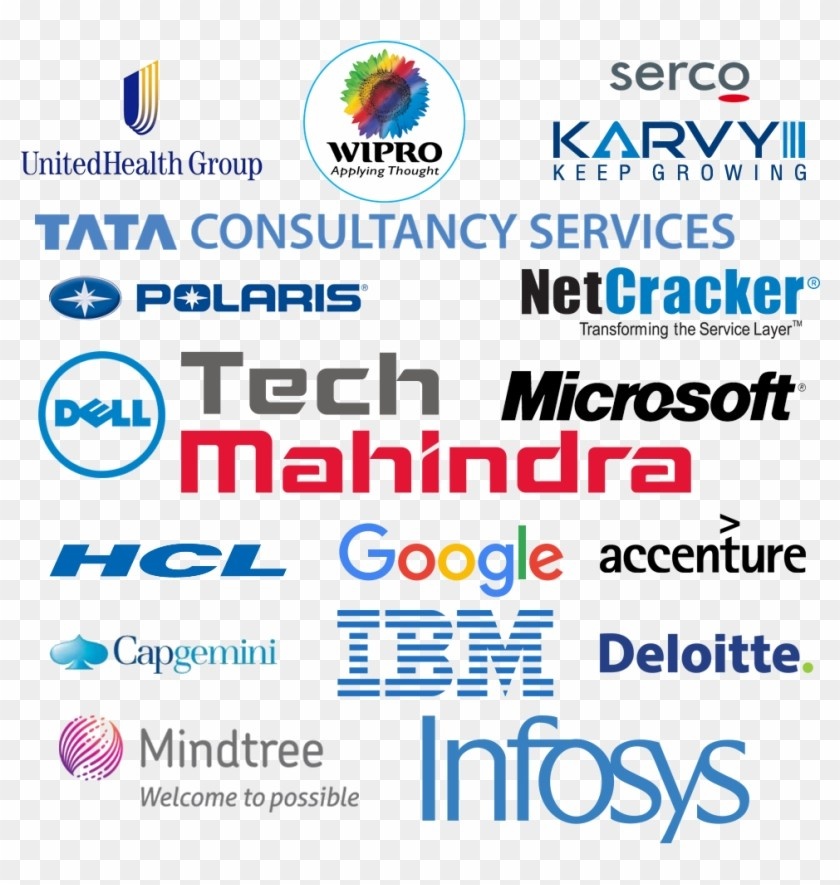The Power of Community Building in an Increasingly Digital World
Community in a Digital Age. In the past, communities were bound by geography—neighbors sharing local spaces, resources, and traditions. Today, while those traditional forms still exist, the concept of community has evolved dramatically with the rise of the digital age. The internet has reshaped how people connect, communicate, and collaborate, allowing communities to flourish beyond physical boundaries. This article explores what community means in the digital era, its benefits, challenges, and how we can nurture meaningful connections online.
What Is a Digital Community?
A digital community refers to a group of people who interact with each other primarily through online platforms. These communities can be formed around shared interests, goals, professions, identities, or causes. From social media groups and online forums to virtual classrooms and support networks, digital communities are diverse and dynamic.
Some common forms include:
-
Social media communities (e.g., Facebook Groups, Twitter circles, Reddit forums)
-
Professional communities (e.g., LinkedIn groups, Slack channels, GitHub repositories)
-
Interest-based communities (e.g., gaming forums, book clubs, fan pages)
-
Support networks (e.g., mental health groups, parenting forums, chronic illness groups)
-
Educational communities (e.g., online course cohorts, study groups)
The Rise of Digital Communities
The rapid expansion of internet access, smartphones, and social platforms has enabled the rise of online communities. Here are key factors behind this growth:
-
Global Connectivity: People can now communicate with others worldwide in real time.
-
Accessibility: Communities can be accessed from virtually anywhere, removing physical and social barriers.
-
Specialized Interests: Niche communities allow individuals to find others who share specific passions or challenges.
-
Anonymity and Safety: Some digital spaces provide anonymity, encouraging openness in sensitive topics like mental health or identity.
-
Pandemic Influence: COVID-19 accelerated the shift toward digital interaction, normalizing virtual communities for work, learning, and support.
Benefits of Digital Communities
Digital communities offer several powerful advantages:
1. Inclusivity and Diversity
People from different backgrounds, locations, and abilities can participate equally. Digital communities often promote cross-cultural understanding and diverse viewpoints.
2. Support and Empowerment
Many people find emotional, educational, or professional support online. For marginalized groups, digital spaces can provide validation, solidarity, and a platform to advocate for change.
3. Flexibility and Accessibility
Members can participate at their own pace and from anywhere, making it easier to balance community involvement with personal schedules.
4. Collaboration and Innovation
Online communities are hotbeds of creativity and collective problem-solving. Open-source projects, citizen science initiatives, and digital activism are thriving examples.
Challenges of Digital Communities
Despite their benefits, digital communities face several challenges:
1. Misinformation and Echo Chambers
Some online spaces promote false information or reinforce biased opinions, limiting exposure to diverse perspectives.
2. Cyberbullying and Harassment
Anonymity can also foster negative behaviors, including hate speech, trolling, or exclusion, especially in unmoderated platforms.
3. Privacy Concerns
Sharing personal data online raises risks of surveillance, data breaches, and misuse of information.
4. Lack of Genuine Connection
Digital interactions can sometimes feel superficial, and some people struggle to form deep, authentic bonds online.
Building Healthy Digital Communities
To maximize the benefits and minimize the pitfalls, it’s essential to build and maintain healthy online environments:
1. Moderation and Clear Guidelines
Community managers should enforce respectful behavior and set clear rules for engagement.
2. Inclusivity and Representation
Ensure voices from diverse backgrounds are heard and respected. Design platforms that are accessible to all.
3. Privacy Protections
Use secure platforms and educate members on digital literacy and safe practices.
4. Hybrid Approaches
Where possible, combine digital interaction with occasional real-life meetups or video calls to strengthen bonds.
The Future of Community in a Digital World
Community in a Digital Age has not replaced human connection—it has transformed it. As technology continues to evolve, so will the ways we form and nurture communities. With virtual reality, artificial intelligence, and the metaverse on the horizon, tomorrow’s communities may become even more immersive and interactive.
What will always remain essential, however, is the human desire for connection, belonging, and shared purpose. Whether through pixels or handshakes, communities—digital or physical—will continue to shape our identities, values, and collective progress.
Conclusion
Community in a Digital Age, community is no longer confined to location. It is defined by shared values, consistent interaction, and mutual support, whether online or offline. As we navigate the ever-changing digital landscape, it’s up to all of us to foster safe, inclusive, and meaningful communities that reflect the best of what human connection can be.








